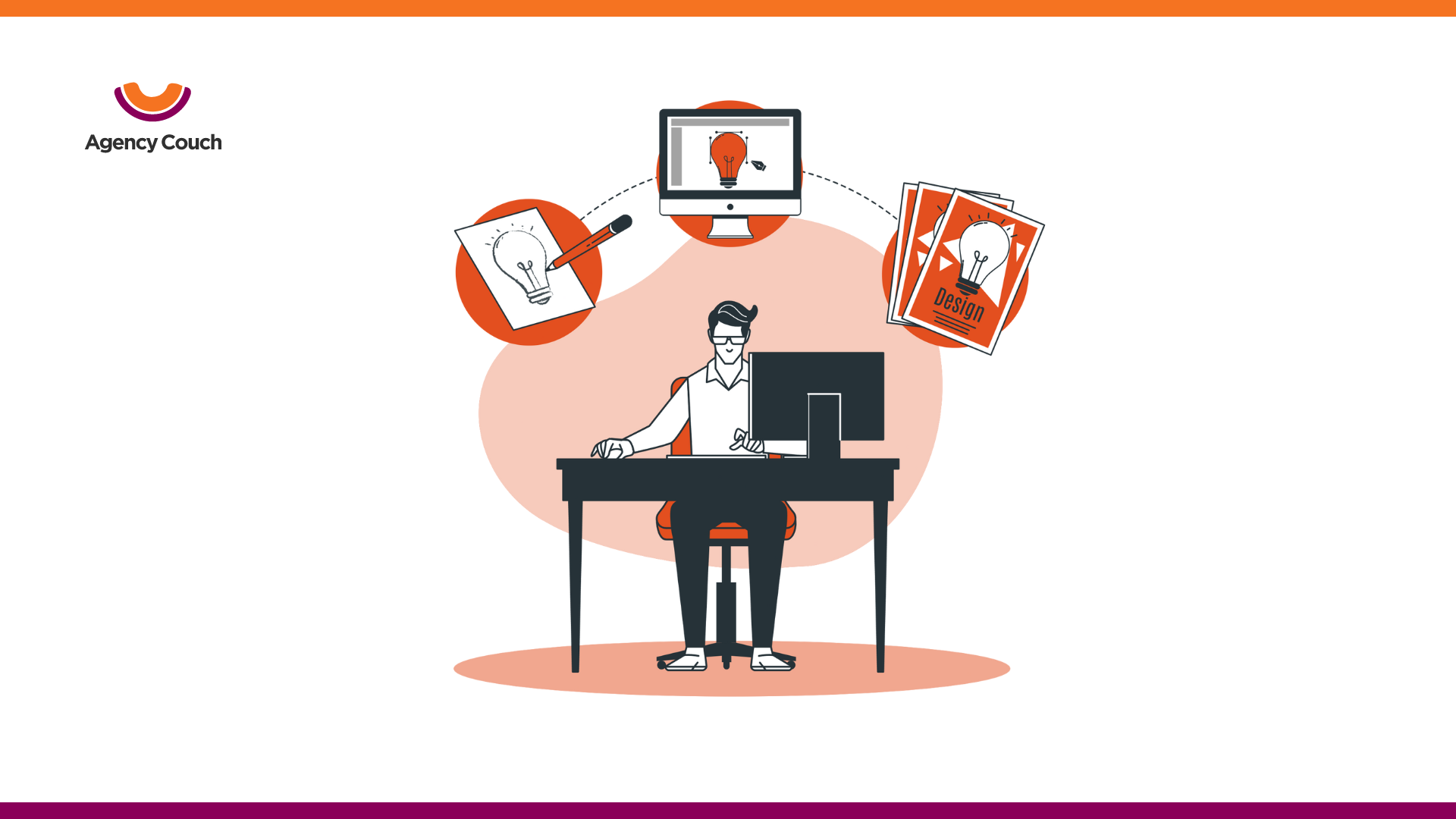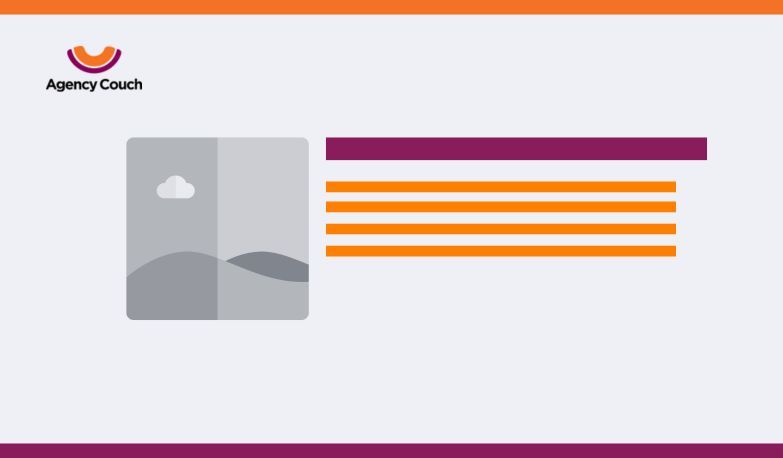As the digital world advances at a pace that is unparalleled, staying ahead of the curve in user experience (UX) and user interface (UI) design becomes more important than ever. The interaction of aesthetics and functionality shapes how consumers interact with digital platforms, impacting engagement, contentment, and, eventually, loyalty. The fast growth of technology has created new opportunities in UX/UI design. Users anticipate more immersive and intuitive interactions, therefore designers must constantly innovate to fulfil these needs. The trends for 2024 combine visual fearlessness, technical sophistication, and a renewed emphasis on accessibility and personalisation.
Emerging UX/UI Trends for 2024
- Engaging Scrolling Experiences
- Vibrant and Bold Colour Palettes
- 3D and Animated Visuals
- Augmented Reality and Virtual Reality Integration
- Customised User Experiences
- Dark and Anti-Light Modes
- Enhanced Accessibility Features
- Dynamic Typography
- Interactive Gamification Elements
- Modular Bento Box Layouts
- Generative Design Techniques
- Delightful Microinteractions
In this article, we’ll look at twelve UX/UI innovations in 2024 that are needed to captivate your audience.
Engaging Scrolling Experiences
Scrolling has evolved beyond its origins as a simple navigation tool. In 2024, immersive scrolling has taken centre stage, providing users with dynamic and interactive narrative experiences. Designers may utilise parallax effects, animation transitions, and horizontal scrolling to take viewers on a narrative journey that keeps them interested and involved in the material. These tactics turn regular scrolling into an adventure, encouraging customers to explore every area of your website. Scroll-triggered animations and content reveals are examples of interactive components that not only provide a wow factor, but also assist to communicate complicated information in an engaging way.
Vibrant and Bold Colour Palettes
Say goodbye to subdued tones and soft hues. This year, expect to see websites using bold and brilliant colour schemes to capture attention and elicit powerful emotional responses. The strategic use of contrasting colours and gradients not only makes websites visually appealing, but also improves brand identity and awareness. Colour psychology comes into play here, with brilliant reds evoking enthusiasm and deep blues instilling trust. Gradients and duotones may bring depth and modernism to a design, improving its visual appeal and memorability.
3D and Animated Visuals
Static visuals are gradually disappearing. The usage of 3D features and animations will become more common, resulting in visually appealing experiences that attract consumers in. From interactive product models to dynamic backdrops, these components give web designs depth and energy, making them more engaging and memorable. Advanced 3D graphics may imitate realistic textures and motion UI’s, giving consumers a more tactile experience. Meanwhile, animations may direct user behaviour, focus attention to important places, and even generate enjoyable microinteractions that increase overall user pleasure.
Augmented Reality and Virtual Reality Integration
Augmented reality (AR) and virtual reality (VR) are becoming increasingly popular in web design. These technologies enable immersive encounters that blur the distinction between the digital and real worlds. AR may improve online purchasing by offering virtual try-ons, whilst VR can enable interactive tours and immersive brand experiences, increasing user engagement and effect. For example, a furniture business may employ AR to help customers visualise how a couch would fit in their living room, whilst VR could provide a virtual showroom tour. These technologies not only increase user engagement, but they also add actual value by enhancing decision-making.
Customised User Experiences
Personalization tools will be at the forefront of UX/UI design, allowing websites to cater to individual user preferences and behaviours. By leveraging data analytics and AI, websites can offer personalised content, recommendations, and user interfaces that adapt to the user’s needs and habits. This approach not only makes the user feel valued but also increases engagement and conversion rates. From personalised product recommendations to dynamically adjusting UI elements based on user behaviour, personalization creates a more intuitive and satisfying user experience. Implementing machine learning algorithms can help predict user preferences, providing a tailored experience that feels bespoke.
Dark and Anti-Light Modes
With increasing awareness about digital eye strain, dark mode and anti-light modes are gaining popularity. These modes not only provide a sleek, modern look but also enhance readability and reduce eye fatigue, especially in low-light environments. Dark mode can also save battery life on OLED screens, making it a user-friendly and practical design choice. Offering users the option to switch between light and dark modes can cater to their preferences and needs, improving overall user satisfaction. Anti-light modes, which focus on reducing blue light emission, can be particularly beneficial for users who spend long hours on screens, promoting better sleep and reducing eye strain.
Enhanced Accessibility Features
Inclusivity is becoming a fundamental aspect of web design. Ensuring that websites are accessible to all users, including those with disabilities, is not just a legal requirement but also a moral one. Features such as screen reader compatibility, keyboard navigation, and adjustable text sizes are becoming standard. Incorporating accessibility tools like voice commands and visual aids can make a significant difference in user experience, ensuring that everyone can interact with your website comfortably. Enhanced accessibility also means designing for various devices and contexts, ensuring a seamless experience whether users are on a desktop, tablet, or mobile device.
Dynamic Typography
Typography is no longer static. Kinetic type, or animated typography, is emerging as a powerful tool to capture attention and convey messages dynamically. By adding movement to text, designers can highlight important information, create visual interest, and enhance storytelling. This trend goes beyond simple font animations; it involves intricate and creative uses of typography to create a more engaging and interactive experience. Kinetic type can be used to draw attention to calls to action, make headlines more engaging, or even as a central design element that complements the overall aesthetic of the site.
Interactive Gamification Elements
Gamification involves incorporating game-like elements into websites to enhance user engagement and motivation. Points systems, badges, leaderboards, and interactive challenges can make user interactions more enjoyable and rewarding. This trend leverages the psychology of gaming to increase user participation, loyalty, and retention. For example, a fitness app might use gamification to encourage users to complete workouts by earning points and rewards. By making the user experience more playful and competitive, gamification can transform mundane tasks into exciting challenges, fostering a deeper connection between the user and the platform.
Modular Bento Box Layouts
Inspired by Japanese bento boxes, this design trend involves using modular grid layouts to organise content in a visually appealing and easily digestible manner. Each “box” can contain different types of content, from images and text to videos and interactive elements, allowing for a versatile and flexible design approach. This method makes it easier for users to navigate through content and find what they’re looking for quickly. Bento box layouts also lend themselves well to responsive design, ensuring that content is presented beautifully across various devices and screen sizes. This structured yet flexible approach helps in maintaining visual harmony and clarity, enhancing the overall user experience.
Generative Design Techniques
Generative website design involves using algorithms to generate complex and unique designs based on specific parameters and rules set by the designer. This approach can produce intricate patterns, data visualisations, and even entire layouts that would be difficult to create manually. Generative design not only adds a layer of sophistication and uniqueness to websites but also allows for endless creative possibilities. By leveraging AI and machine learning, generative design can create adaptive and personalised visuals that change based on user interaction or data input, offering a highly dynamic and engaging user experience.
Delightful Microinteractions
Microinteractions are subtle, often unnoticed, interactive elements that enhance user experience. These include things like button animations, hover effects, loading animations, and feedback messages. When designed thoughtfully, microinteractions can make interactions feel more responsive and enjoyable, adding a layer of polish and professionalism to your website. These small details can significantly improve user satisfaction by providing immediate feedback, guiding user actions, and making the interface feel more intuitive. Microinteractions also contribute to the overall personality of a website, making it feel more alive and engaging.
Agency Couch: Leading the Charge in UX/UI Innovation
At Agency Couch, we take pleasure in staying ahead of UX/UI design trends. Our team of experts is devoted to building visually appealing and highly effective websites that not only meet, but surpass, customer expectations. We ensure that your website and social media stands out in the congested digital scene by implementing modern techniques such as immersive scrolling, bright colour schemes, and customised experiences. Our commitment to accessibility and user-centric design ensures that every visitor, regardless of ability, has a seamless and enjoyable experience. Partner with Agency Couch to capitalize on these innovative patterns and propel your digital presence to new heights.
Conclusion
The UX/UI landscape is continuously evolving, with new trends emerging that push the boundaries of what’s possible in web design. By using these twelve trends, you can create a website that not only impresses your visitors but also provides a superior user experience. From immersive scrolling and bold colors to augmented reality and personalized tools, each trend offers unique opportunities to enhance engagement and satisfaction. Stay ahead of the curve by incorporating these innovations into your design strategy and watch as your website captivates and retains users like never before.



